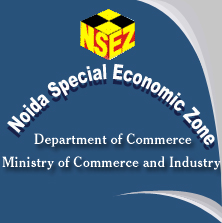Stock trading in South Asia takes a cross-country leap

It is an idea whose time may not quite have come. Yet, the first moves had been made. Stock exchanges in the South Asian region, including India, have mooted a proposal to allow cross-listing or secondary listing of a top basket of local stocks in each other’s exchanges.
The South Asian stock market is on a rise and it is the major attraction for FIIs. The stock exchanges are at the initial phase of this proposal. If this is approved it will allow companies to raise capital in a country or exchange where it has operations and it will increase the awareness among the consumers.
For any exchange the important factor is liquidity of stock. It is obvious that by cross listing the liquidity of the stocks will increase. There may be some difficulties in this process like corporate governance, listing norms, exchange control norms. The exchanges will have to harmonize all these issue in well advance time so that such problems can be avoided.
This will not only benefit the companies but also to the investors. Investors can invest in the foreign companies without any hassle. They can get the benefit of a companies profit operating in a different country. This will help companies to raise more capital and they will not have to go to NASDAQ, NYSE or LSE to raise more capital.
The stock exchanges can take the business model of Euronext. It was established to face the competition of LSE. This will enable them to strengthen their position and insure them from any competition by any foreign stock exchange.
Source: Economic Times





















.jpg)
